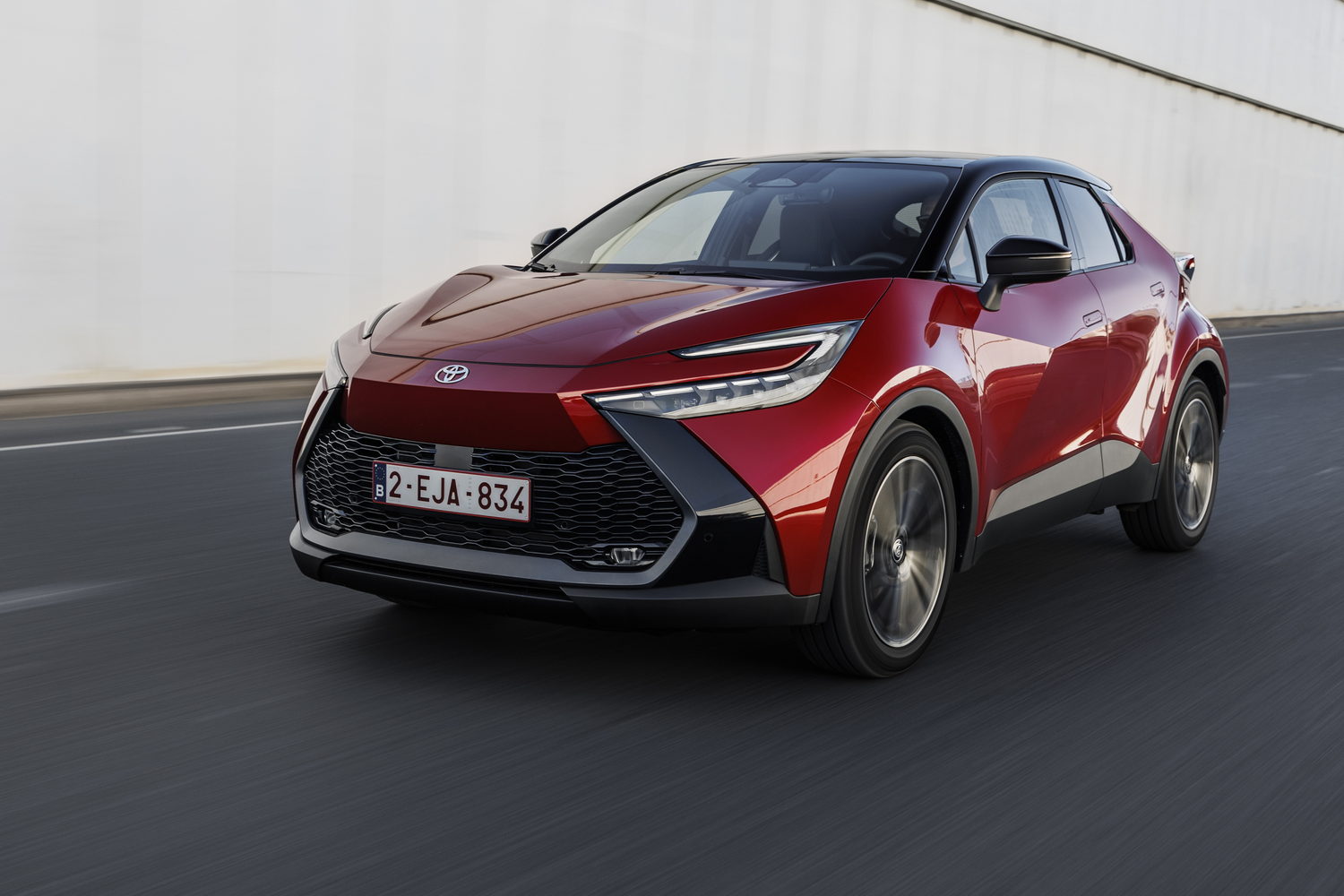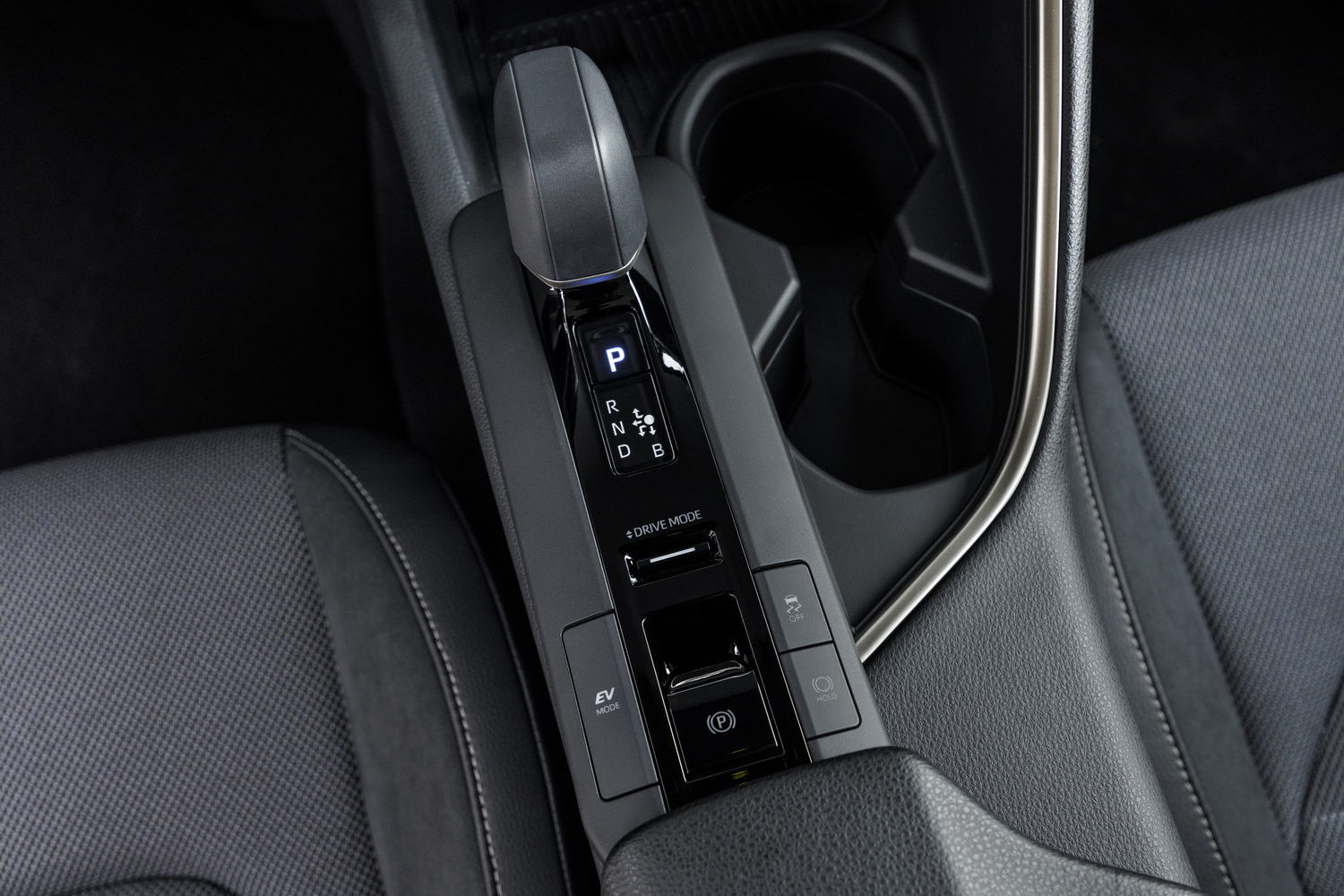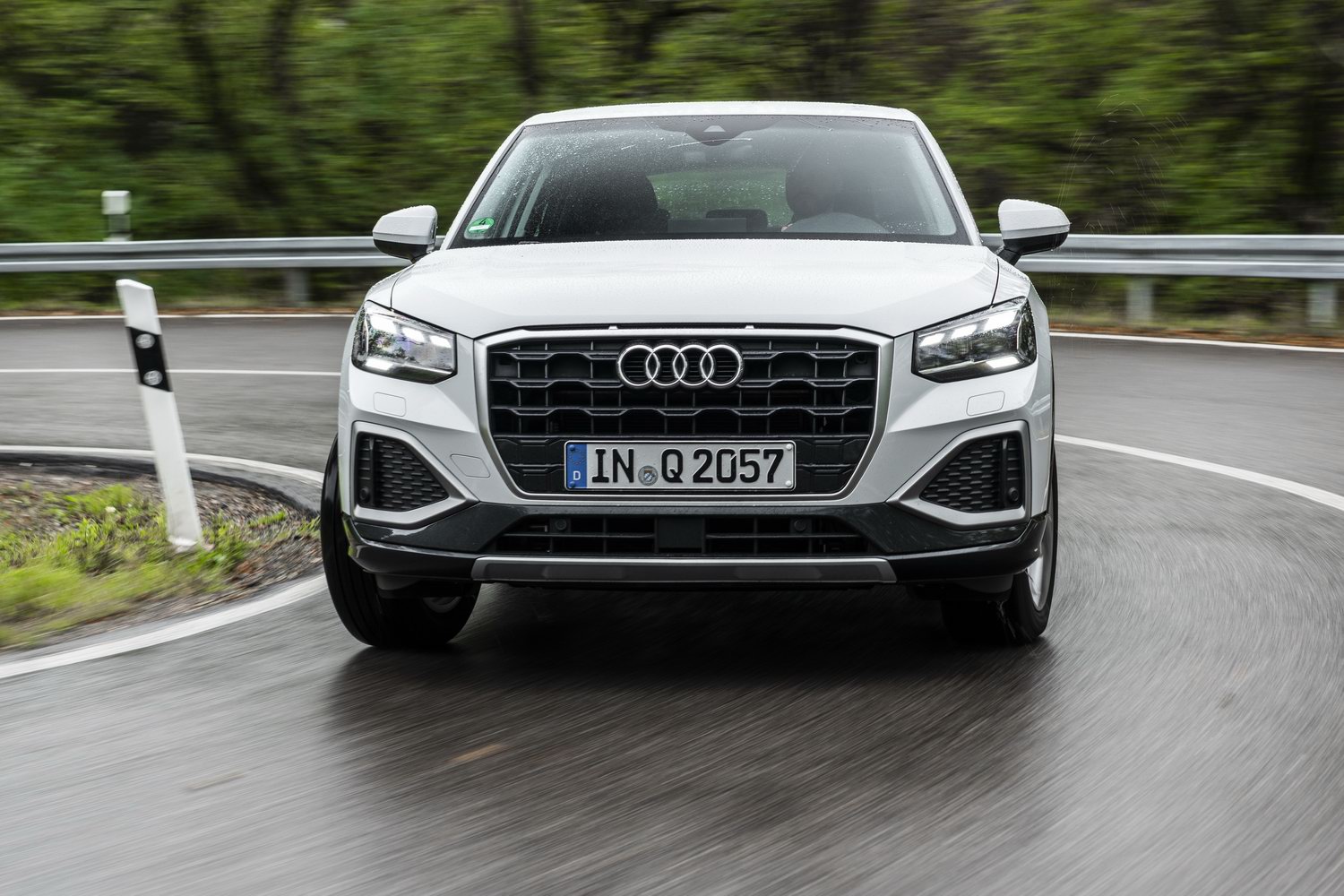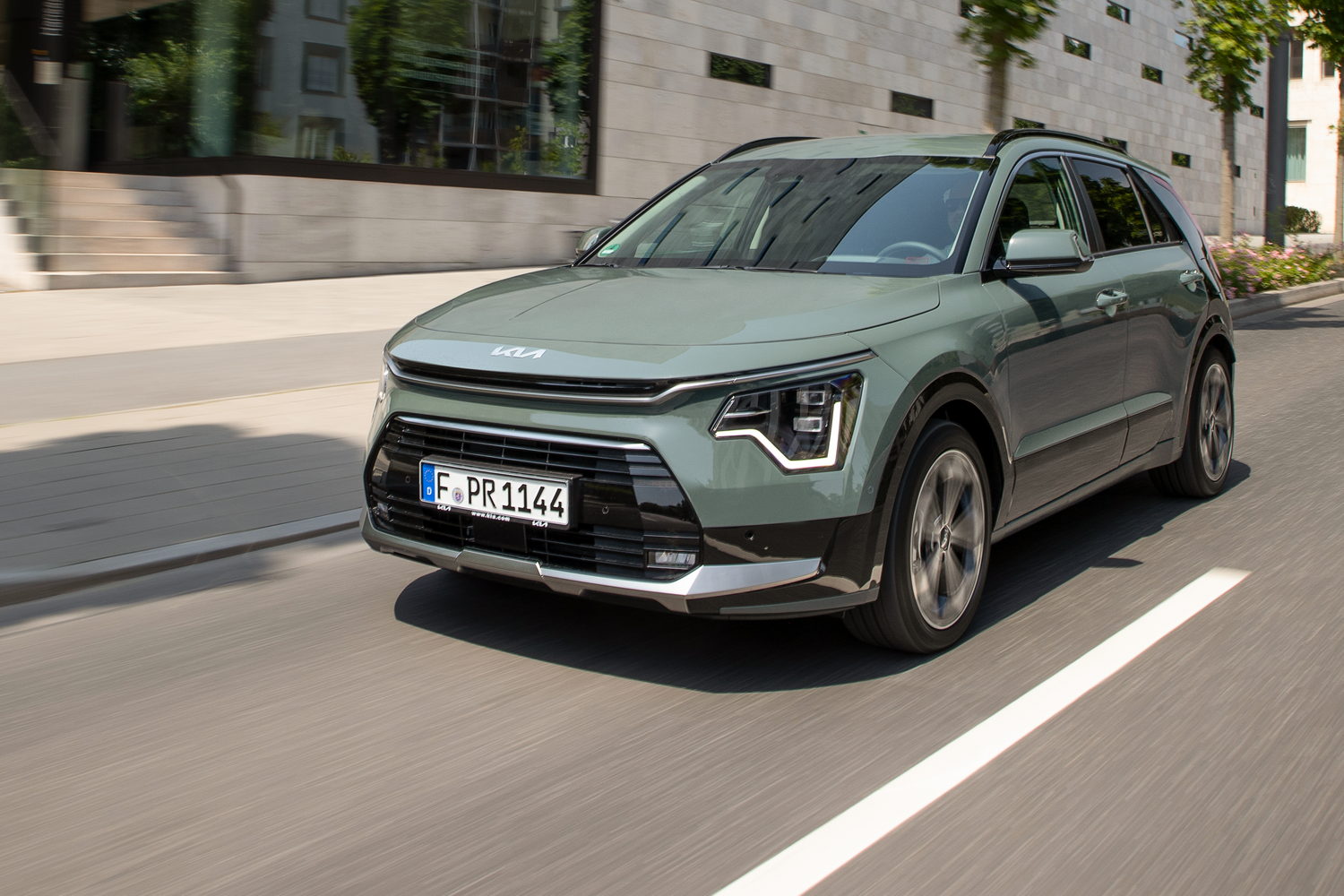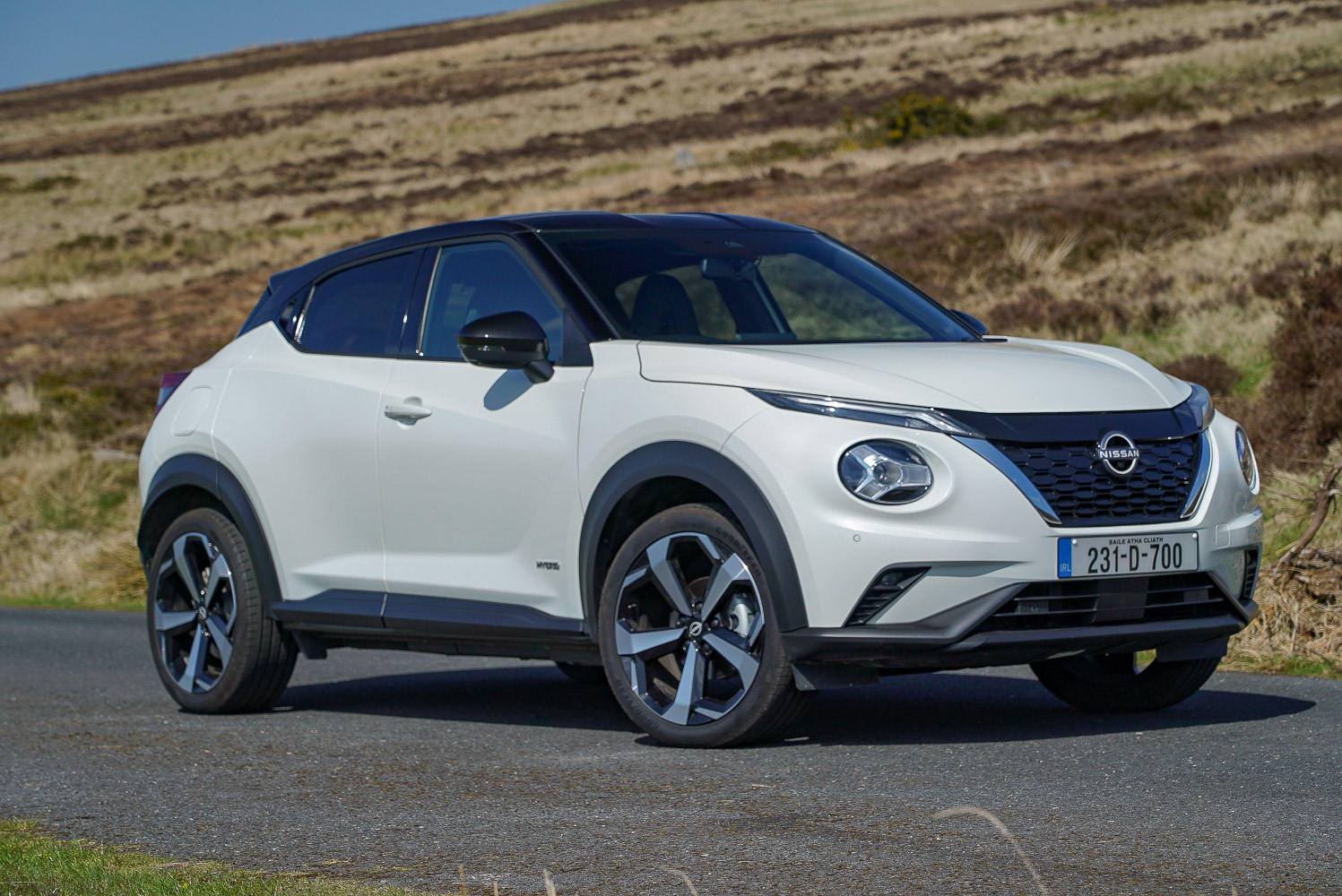The new Toyota C-HR is a smart-looking, high-quality car with a hugely economical hybrid powertrain. Will this second-generation model continue the success of its predecessor? Here we test the 1.8-litre hybrid version.
In the metal
Toyota's stated aim for the styling of the new C-HR was to create a concept car for the road, and I think we can safely say that's a box which has been ticked. The original C-HR was always a striking car to look at - rather like a high-end sneaker with wheels - and this new one takes those goalposts and moves them a good way further back.
At the front, it's quite beaky, with a protruding nose, either side of which are large, but slim, C-shaped headlights with integral daytime running lights.
Below the nose is a broad, trapezoidal grille for the radiator. There's quite a dramatic Coke-bottle effect going on down the sides, as the front wheelarches are really very wide, and then the bodywork sucks in tight behind them.
At the rear, the C-HR looks even more dramatic (accentuated by the optional bi-tone finish which is only available on the top-end GR Sport and Premiere Edition models) with bodywork that's both angular and curved, and which seems to have been vacuumed tight to the structure underneath. The rear screen is so sharply angled that it's almost horizontal (to the detriment of rear visibility as it happens, so make sure you spec the optional digital rear-view mirror).
The slim brake lights run the full width of the rear end, with the centre section taken up by a red-backlit Toyota C-HR logo. It's a car that manages to be both complex and attractive, and it looks terrific in a strong colour.
Inside, there's a pair of big 12.3-inch screens, one for the impressive infotainment system (although an eight-inch screen is standard fit for lower-spec models) and another for the driver's instrument panel. This second screen is an especially good one, packed with information but still clear and relatively simple to use, and with the option to customise the layout and style. It also includes some nifty looking animation when you change the driving mode from Eco to Sport or Comfort.
The front seats, both high-backed bucket items, are exceptionally comfortable and supportive, though set just slightly too high. They are height adjustable, but taller drivers might find their heads a little close to the headlining. At least it gives you a relatively commanding view out over the bonnet, although as noted, rear and over-the-shoulder visibility aren't great.
There's a decent-sized storage area under the armrest in the front, and door bins that are deep, but a little narrow. There's more storage on the centre console, next to and in front of the stubby gear selector, where you'll find two cupholders and a wireless phone charger. The front seat passenger also gets a handy rubber-lined shelf as well as a reasonably-sized glovebox. Below the central touchscreen, thankfully, there are proper physical controls for the heating and air conditioning, which look smart and feel as good to use as they are easy to operate.
The cabin has been designed to wrap around the driver, and so there's a pleasant cockpit-like feel when you sit in, and although you'd never describe the C-HR as wildly spacious, there's enough room for tall drivers to get comfortable.
In the back, the story is much as it was in the previous model. There is actually enough space for full-sized adults to get comfortable, and the rear bench doesn't feel like a cheap seat. However, the rear side windows are noticeably shallow, and the windowsill is high. Combine that with the way the rear pillar wraps around the rear cabin and you've got quite a dark space - even with the optional glass roof fitted. It's not too bad for grown-ups, but kids are likely to find it frustrating that they can't see out properly, something not helped by the large, high-backed front seats.
In the back, there's a 388-litre boot which is adequate, but which at least is flat and square, and seems to be at least tolerably practical. Certainly, both in the back seats and the boot, you can see where the C-HR's function has been subsumed to form. Then again, buyers can go for the Corolla Cross if practicality is more important to them.
Toyota is using the C-HR to further ramp-up its environmental credentials. All of the 'leather' is synthetic, animal-free stuff, while the paints have been changed to water-based colours. Some of the plastic trims are now moulded with the colour integral to the material, too, which saves energy and water, while the structure of the car is a little lighter thanks to the use of high-strength steel, and the optional glass roof is 5kg lighter than before.
Driving it
This new C-HR has some big shoes to fill when it comes to the driving experience, given that the old one was one of the first modern Toyotas that really made you sit up and notice how sharp it was in terms of both handling and steering. Has Toyota managed to make the new C-HR as much of a surprising driver's car as the old one?
Here, we're testing the lesser of the two initially available hybrid engines (a plug-in hybrid option arrives next year), the 140hp 1.8-litre unit that's familiar from the Toyota Corolla and Corolla Cross. To be honest, it's the better of the two options (the other choice being the 197hp 2.0-litre hybrid) as its performance is more than brisk enough, but it's considerably cheaper to buy.
Its greatest asset is its fuel economy. Even on our test route, with the car being repeatedly driven up and down a torturous mountain route across the spine of Ibiza, we averaged 4.7 litres per 100km. True, if you spent all day on the motorway that would probably drift up to more like 5.5 litres/100km but even so this is a remarkably economical car and should prove very cheap to run, even in the face of ever-rising fuel costs.
While its performance is pretty decent (it feels fleeter than the 9.9-second 0-100km/h time would suggest) it does sound quite loud when you do need to accelerate hard. Gentler driving is definitely the way to go, and hey - it helps you save even more fuel.
When it comes to corners, the C-HR is one of those cars that gets better the harder the questions you ask of it. Switched into Sport mode, and with a twisty, vertiginous road in front of it, our test car speared neatly into each apex, with huge reserves of grip. The steering is quick and accurate, but can be a little numb from a keen driver's point of view.
At lower efforts, the C-HR's driving experience kind of fades into the background, as it defaults to the sort of relentless competency that we've come to expect of Toyota. The ride quality is a touch too firm at times, inducing a bouncing motion when presented with rumbling truck ruts, but you could probably alleviate that a bit by choosing the basic wheel size, and avoiding the 20-inch alloys of our test car. Refinement is very good, as long as you're not accelerating hard up long hills and while the C-HR is a relatively compact model, it does feel like the sort of car that you'd happily use for lengthy journeys.
What you get for your money
The new C-HR has an opening price of €40,520. Our Sol-spec test car clocks in at €45,010, or slightly more than the basic Toyota RAV4. To offset the increase in pricing, Toyota Ireland has put in place a competitive PCP finance package, which will see a new C-HR on buyers' driveways for less than €300 per month in repayments.
Even the basic Sport model is well-equipped, with the eight-inch touchscreen, the 12.3-inch infotainment screen, 18-inch alloy wheels, LED headlights with auto high beam, keyless entry and ignition, dual-zone climate control and a full suite of safety equipment including blind-spot monitor, front and rear parking sensors, a reversing camera, automatic anti-collision braking, lane-tracing steering and adaptive cruise control.
Summary
Does the new Toyota C-HR justify its price tag? Almost. It is a handsome, agile, well-made and really quite appealing crossover which is more fun to drive than you'd expect. With practical rivals costing less, Toyota must be hoping all that is enough to convince buyers to stick with its hybrid offering.

